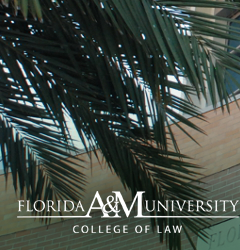
Abstract
Sandy beaches make up 825 miles of Florida's 1,260 total miles of coastline around the Sunshine State's peninsula. These beaches are changing over time due to the natural erosional forces of wind and water. Coastal engineering attempts to halt natural forces with man-made structures such as buildings, piers, groins, jetties, breakwaters, sea walls, ports, inlets, and in some cases, it creates new sandy beaches and world-class cities where none existed. In an effort to protect the new real estate from the erosion that has always existed, engineers created beach nourishment. This Article focuses on building up beaches through beach nourishment. This Article proposes that in the short-term, better funding, technological, and legal solutions for beach nourishment projects exist; and in the long-term, beach nourishment is not sustainable. By taking a practical approach to environmental problem-solving and examining innovative legal solutions, this Article focuses on how beaches may be renourished responsibly while alleviating some of the drawbacks.
Recommended Citation
Lewis V. Alstyne III,
Changing Winds and Rising Tides on Beach Renourishment in Florida: Short-Term Alternatives and Long-Term Sustainable Solutions Using Law and Policy From Florida and Nearby States,
11
Fla. A&M U. L. Rev.
(2016).
Available at:
https://commons.law.famu.edu/famulawreview/vol11/iss2/5
